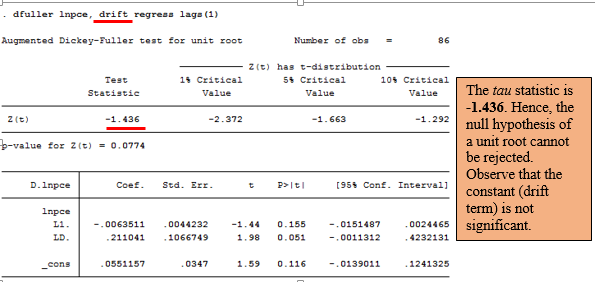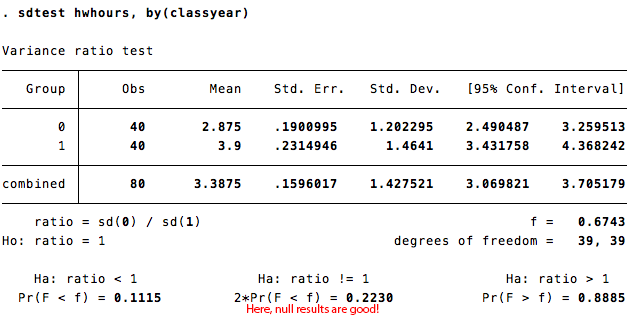
What do we mean by far from zero It depends on how many observations you have. Testing whether t is far from zero is called a t-test. As well as displaying actual probability levels, StarStat provides 'broad' level of testing at 80, 90. To run a t-test, you will be prompted to provide the following: Means for the two independent groups Sample sizes for the two groups Standard errors of the two means Both one- and two-tailed probabilities are computed using the data specified.
The assumption for the test is that both groups are sampled from normal distributions with equal variances. One of the most common tests in statistics is the t-test, used to determine whether the means of two groups are equal to each other. Private)-that is called "independent group ttest," and comparing means between two continuous variables (e.g, pre-test and post-test)-that is called "paired t-test".t-tests. We use t-test to serve a few purposes but the two main things are comparing means of a continuous variable (e.g., GPA or income) with a categorical variable (e.g., gender or type of university-public vs. T-test in StataThis week we are going to talk about t-test.

T Test Stata Download Studentdata2008 For
The circle #3 is used for your report write up. You are looking at a p value of less than 0.05 so that you can make a conclusion that there is a significant relationship between gender and GPA, specifically, to say that female is more likely to perform better than male. Second, the probability value which in this case the middle one (the two-tailed test** see the notes below: for more information on this, this link to UCLA website is helpful). It is clear that female scored higher on their GPA (6.58) compared to male of 5.68. Choose.Download studentdata2008 for your analysis below:The first thing you are looking into at the above figure table is the mean values of female and male. Note that the outcome variable (or dependent variable) is placed right after the command ttest and there is a "comma" sign after GPA, followed by "by" and the categorical variable in parenthesis.Along the top menu bar, go to Statistics > Summaries, tables, and tests > Classical tests of hypotheses > t test (mean-comparison test).


If you know the direction of your relationship (e.g., females perform better than males), then use a one-tailed test. One-tailed test is more powerful than a two-tailed test, because one-tailed test does not need to be divided-it's just a test for one direction. Please do not simply paste your outputs, but also add your answer in writing as well.Note: **, one-tailed test tests just one direction of a relationship whereas two-tailed test tests both directions (your p-value will need to be divided by two). Using studentdata2013 data, does father involvement improve academic performance (rank) of their children?7.
If you divide it by 2, it is still 0.0000 (the one on the right side). In your ttest gpa, by(sexstud) above, your two-tailed test p-value is 0.0000 (the one in the middle). If you use a two-tailed test, and want to get a one-tailed result, then just divide the p-value of the two-tailed p-value by 2.
Also note that usually a two-tailed test is shown by default in any statistical outputs. To keep it simple, we will just use a two-tailed p-value throughout the class.


 0 kommentar(er)
0 kommentar(er)
